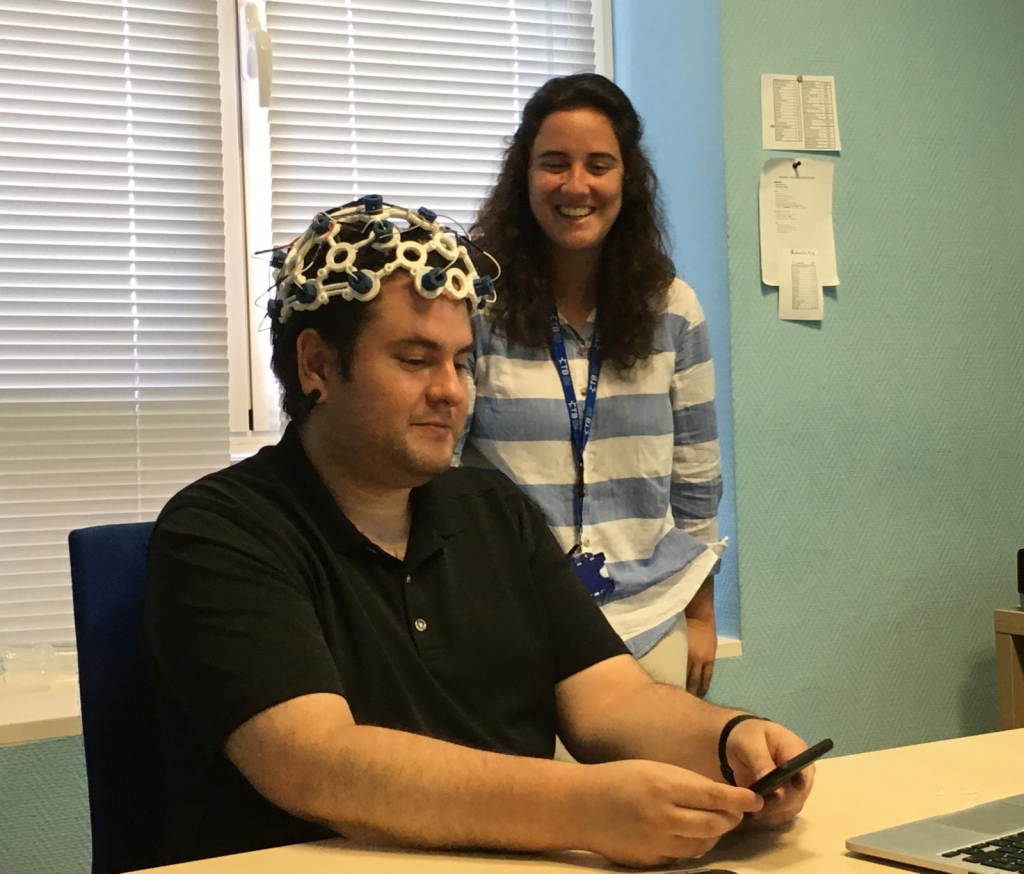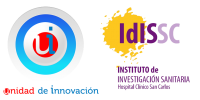We work on one of the objectives of Madrid Neurocenter, which is to develop a mobile application for the management of a wireless EEG (in this case the OpenBCI) following a user-centered design. Sofía Ahufinger of the Innovation Unit and Elías Small of the Higher Technical School of Computer Engineers (CTB) teach us.

What we intend is to create an intuitive tool that shows the information that clinicians consider of interest as they wish to visualize it, in order to monitor patients in the unit or who are admitted to the ICU, without having to be physically present in the hospital. It will also allow you to view previously made records and mark events of interest. On the other hand, for this first implementation of the application, we will use the open source EEG helmet that we are showing you, the OpenBCI. It uses two plates, the Cyton and the Daisy, with 8 channels each, with a total of 16 channels.

Madrid Neurocenter is a Technology Center for the Integrated Treatment of Neurological Disorders. His lines of work are biomedical engineering, instrumentation and information and communications technologies in biomedicine.
Participate in the project:
Fundación para la Investigación Biomédica IdISSC, Universidad Politécnica de Madrid (UPM) y el Centro de Tecnología Biomédica (CTB), Universidad Complutense de Madrid, Fundación para la Investigación Biomédica IdiPAZ, CSIC and the companies: Lurtis y Sincrolab.





